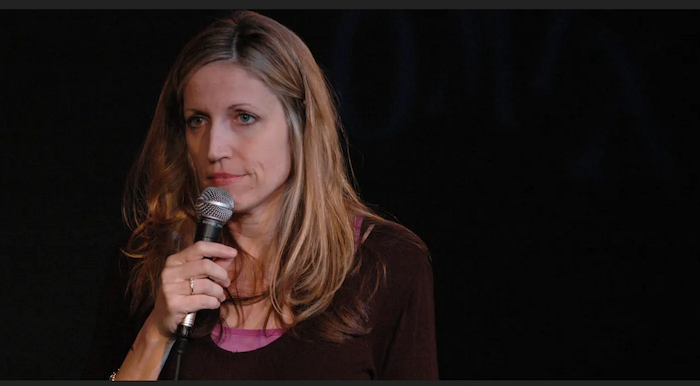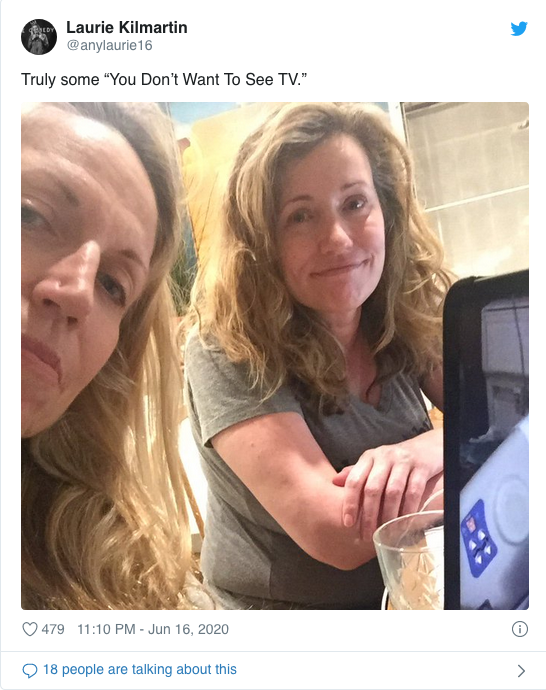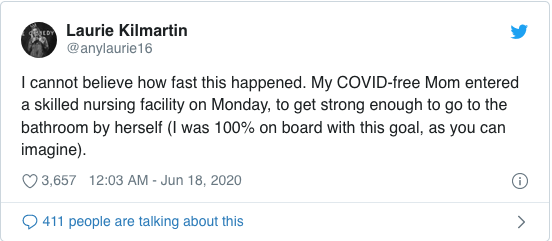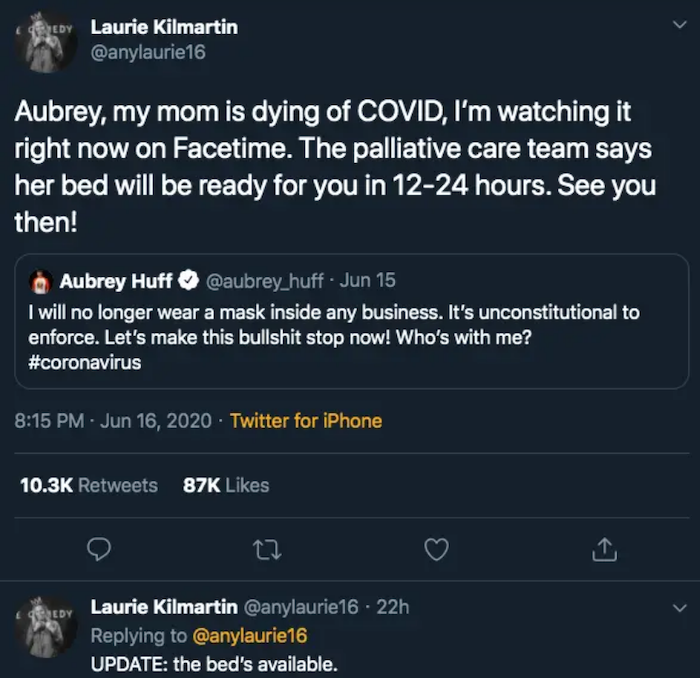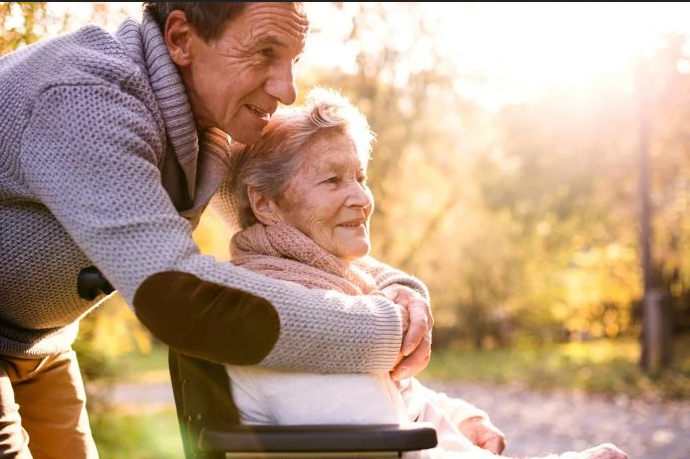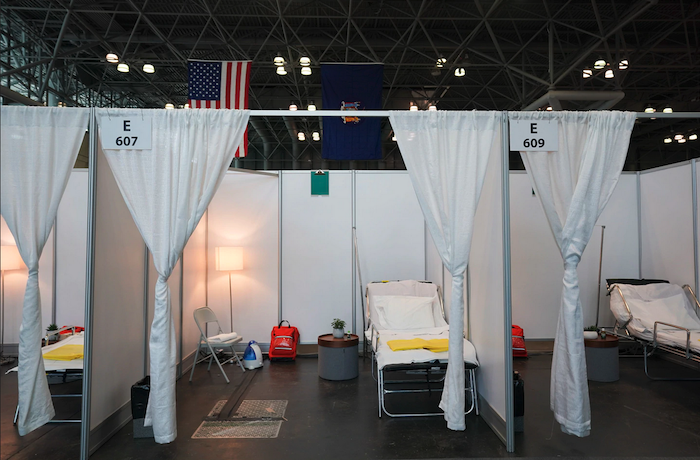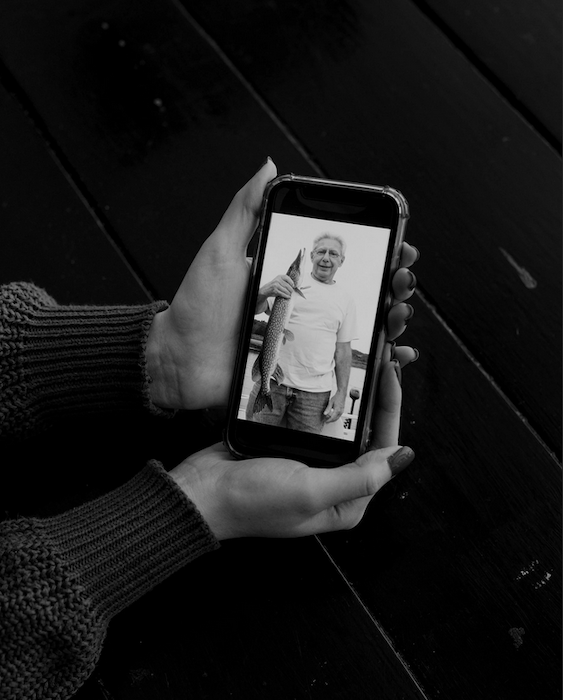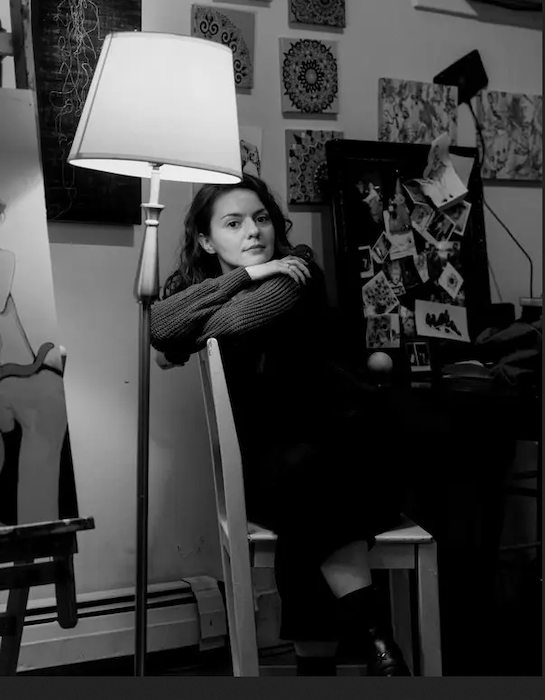The First And Last Things To Go
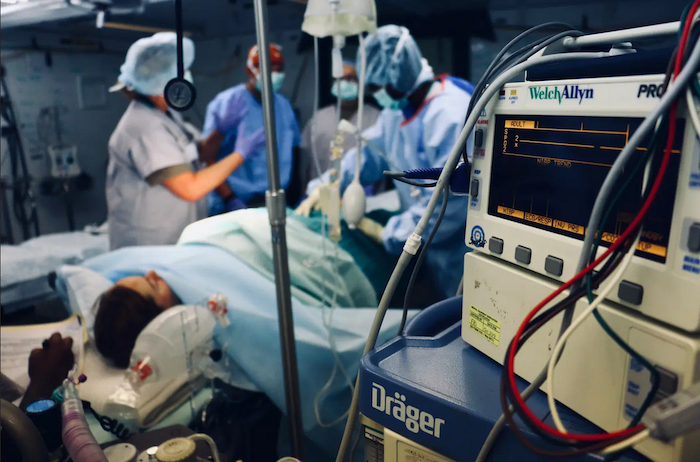
By Bryan Robin
As our mother lay dying, my sister and I sat on either side of her, holding her hand and whispering words of comfort until the hospital machine showed a flat line. Having heard that physicians often witness positive reactions in patients when loved ones speak to them in their final moments, we intuitively thought that perhaps she could hear us. No one knows for sure what happens as we die, but recent information from neuroscientists shows that our intuitions could be right. Knowing what happens when we’re dying can tell us how to console colleagues and loved ones as they lose their battle with COVID-19.
The Last Thing To Go
In the last hours before an expected natural death, many people enter a period of unresponsiveness, during which they no longer respond to their external environment. Anecdotal reports from near-death experiences commonly include stories of the dying person hearing unusual noises or hearing themselves pronounced dead.
In a June 2020 groundbreaking study published in Scientific Reports, neuroscientists provided the first empirical evidence that some people can still hear while in an unresponsive state hours before dying. Using EEG indices, neuroscientists at the University of British Columbia measured the electrical activity in the brain from hospice patients at St. John’s Hospital when they were conscious and when they became unresponsive. A control group of young, healthy participants was also used. The researchers monitored brain responses to tones and found that the auditory systems of the dying patients responded similarly to the young, healthy control groups just hours from the end of life. They concluded that the dying brain responds to sound tones even during an unconscious state and that hearing is the last sense to go in the dying process.
The First Thing to Go
Many people who have had near-death experiences describe a sense of “awe” or “bliss” and a reluctance to come back into their bodies after being revived. I interviewed brain scientist Dr. Jill Bolte Taylor, who described having a strikingly similar awe experience during her stroke which she detailed in her book My Stroke Of Insight.
Jill Bolte Taylor: I was bouncing in and out of the consciousness of my right brain. The left brain had the hemorrhage, growing at an enormous rate over those four hours. By the time I got to the hospital, the hemorrhage was about the size of my fist in my left hemisphere. Over the course of the morning, I drifted into blissful euphoria, the consciousness of my right brain. And then I would come back online and attend to the details to get myself help. It was a movement in and out of being aware of external reality. I was completely conscious through the entire experience, but only at some point could I attend to detail in the external world, recognize that it existed, or even care.
Bryan Robinson: So the fear factor wasn’t there?
Taylor: I was very blessed. I had zero fear. I was there in blissful euphoria in the right brain. Or I was in the left brain, preoccupied with trying to figure out what I needed to do to orchestrate a rescue.
Robinson: How did the stroke change your outlook on life? Or did it?
Taylor: One hundred percent. It shifted me away from believing that I was the center of my world and that “me and mine” is what matters. That whole circuit—the consciousness of me as an individual—went offline. In the absence of the focus of my life being me, I shifted into a consciousness and awareness that I’m a part of a greater humanity. I’m more open, expansive, and flexible to possibilities—as opposed to “here’s what I want and these are the steps I’m going to take to get what I want.” I function inside of a hierarchy of people above me and below me and I’m climbing a ladder. So I shifted away from the linear way of looking at the world and my relationship to it. I live more open to the possibilities of what can be and what is the best match for me.
Robinson: Is it true that your training and professional and personal experience have led you to believe that the right brain or authentic self is the brain hemisphere that endures even at death?
Taylor: The authentic self is the part of us that I firmly believe shows up in the last five minutes of our lives. When we’re on our deathbed, the left brain begins to dissipate. We shift out of all the accumulation and the external world because it’s no longer valuable. What is valuable is who we are as human beings and what we did with our lives to help others. We all face it, and I think that is judgment day. But I don’t think it’s the judgment of something beyond us; it’s the judgment of ourselves. Those of us who are tangled up in the external judgment are not slowing down enough to reflect on the essence of who we are as human beings and what we could be in connection with one another.
Steps You Can Take
It’s important to be supportive, compassionate and understanding in cases where a coworker loses their battle with COVID-19. Don’t hesitate to reach out to other bereaved colleagues, share your concerns and be willing to listen. If you’re an employer, make sure HR personnel are well educated about the process of death and dying. If you are an employee in an organization where COVID-19 deaths haven’t been acknowledged or discussed, speak to someone in authority who can take steps to provide training for all employees. Appropriate information makes sure employees receive emotional support during the loss. Otherwise social isolation can cut employees off from help when they most need it.
Now that hearing is widely thought to be the last sense to go during the dying process and that a blissful experience might replace fear, this information might be helpful to bring comfort to family and friends in their final moments. Perhaps being present with comforting words in the last hours in person or virtually can console the dying as well as loved ones. According to Dr. Elizabeth Blundon, lead researcher in the Scientific Reports experiment, “This is consistent with the trope that hearing is one of the last senses to lose function when a person is dying and lends some credence to the advice that loved ones should keep talking to a dying relative as long as possible.”
Complete Article ↪HERE↩!

